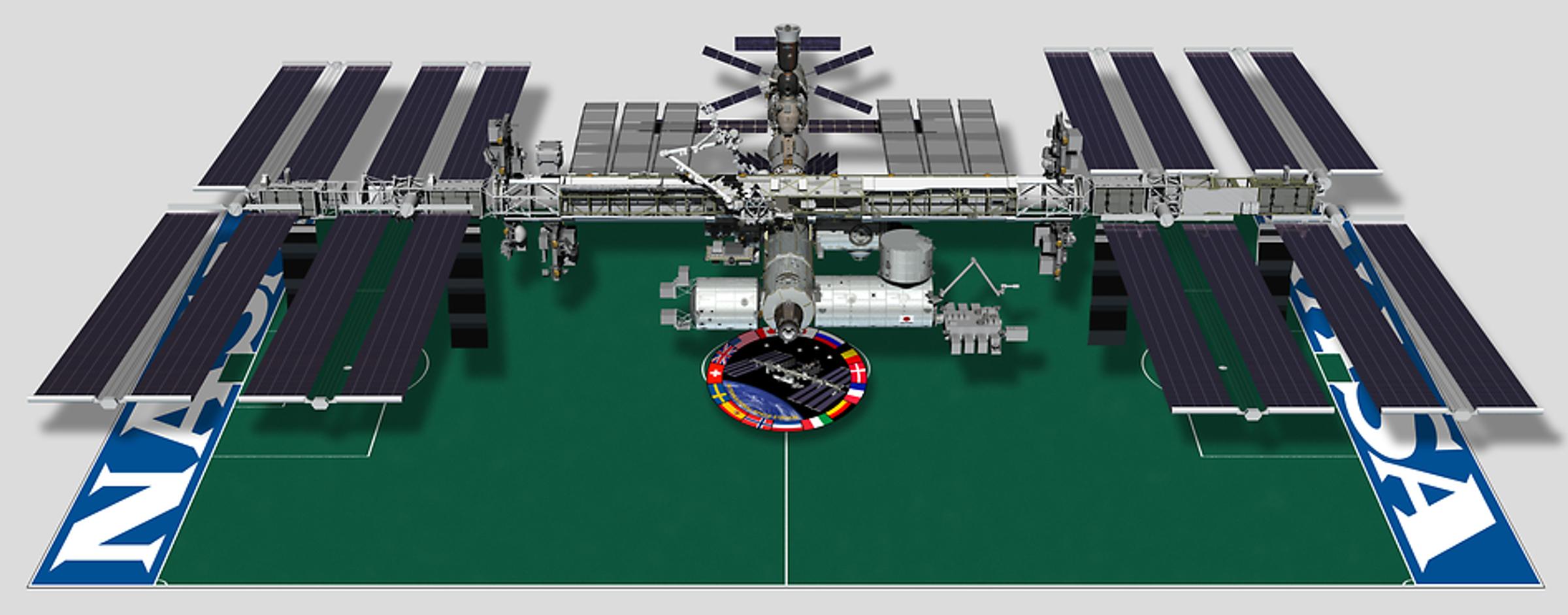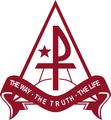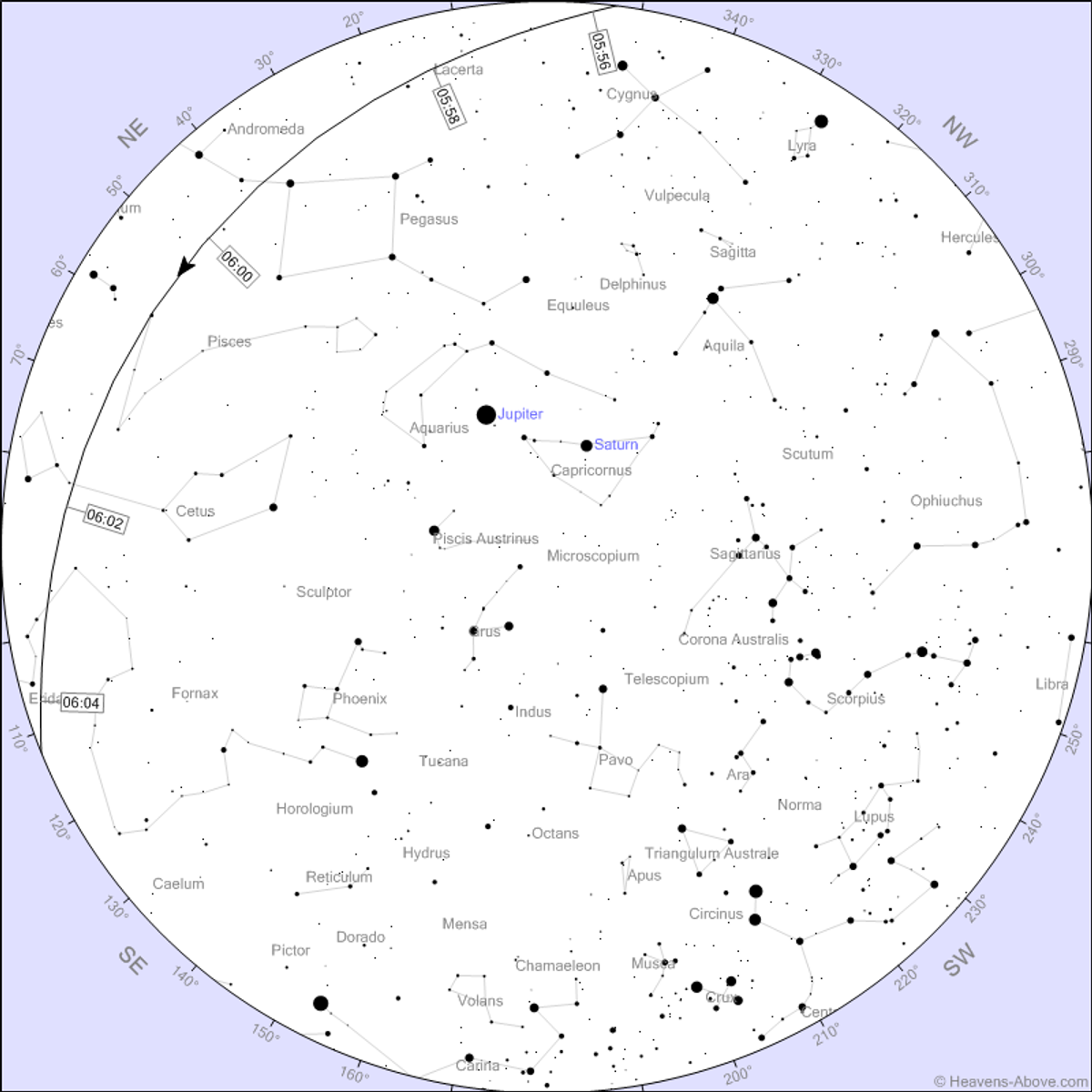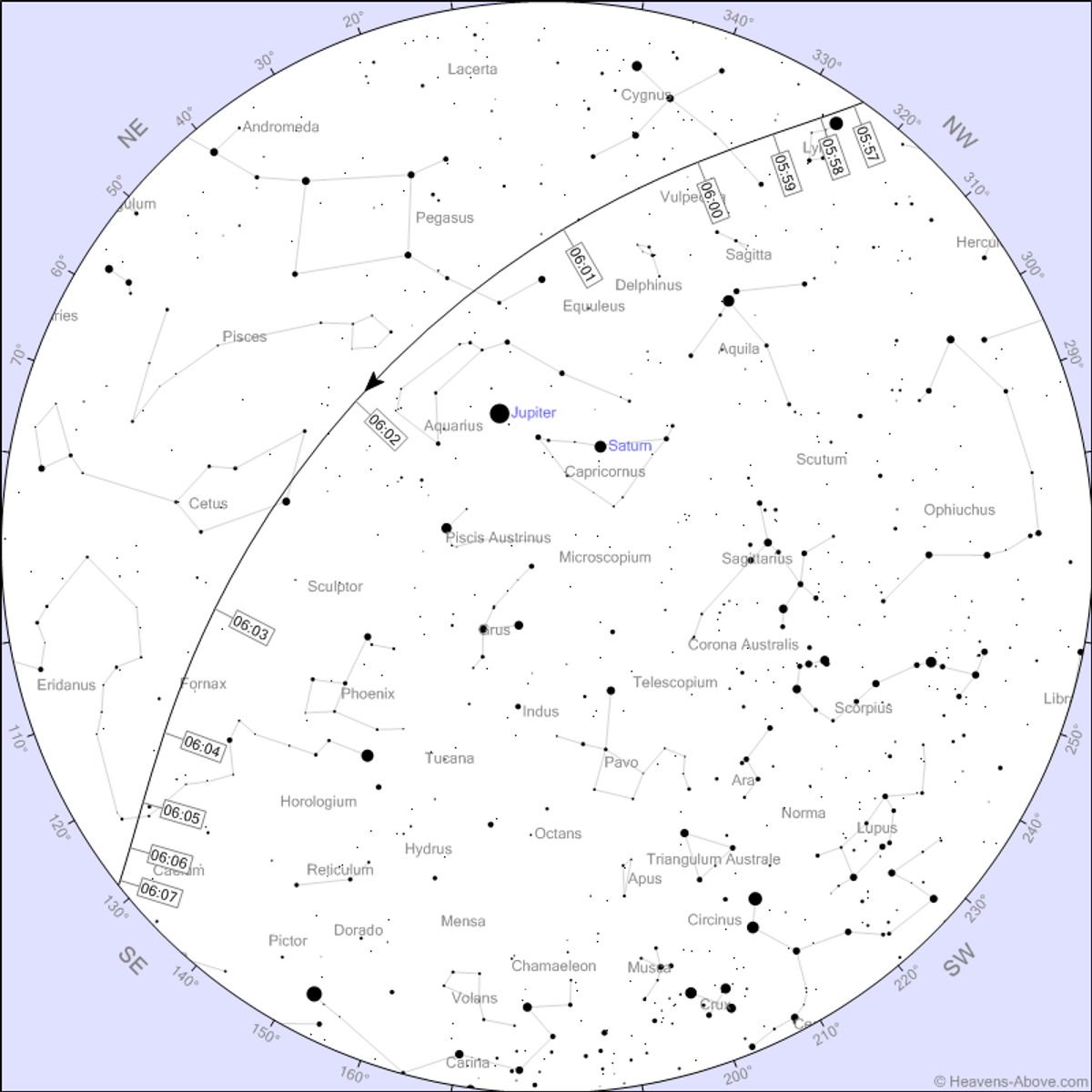International Space Station News

International Space Station is visible at the moment!
I recently received a phone call from ABC Riverina to explain a little more information about the International Space Station.
While I didn’t have much time to go into detail on the radio, I wanted to make sure that anyone interested in the ISS had somewhere to go to find out more.
Have a look at the image at the top of the page. I knew the ISS was big, but I didn’t realise quite how big. Next time you’re standing on a soccer field, have a think. The ISS covers all of that space and extends over the ends of the field.
Internally, it’s got more room than a 6-bedroom house. If you go to this link, you’ll be looking at the Google Street View of the inside of the ISS. One thing I immediately noticed was that there’s no floor. Things are attached to all four walls of the Space Station, which makes sense when you think that the astronauts and cosmonauts are floating in the middle of the corridors. There’s no ‘down’ for things to get put down onto, so you can store all your stuff on whichever surface you would like.
One of the other things that goes along with being big is weight. The ISS currently weighs about 420 tons. That’s massive, especially when compared to the Russian space station Mir at 130 tons and the older Skylab at 77 tons. It wasn’t taken up there all in one go, though. Starting on November 20, 1998, construction of the ISS took 30 missions and 10 years. The first crew arrived on 30 October, 2000, which means that for most of the students (and some staff) here at Marian there’s been a continuous human presence in space for their entire lives.
When we call it the International Space Station, we’re not joking. The 1998 agreement for the formation of the ISS involved 15 countries, including Canada, the Russian Federation, the United States of America, Japan and eleven European Space Agency member states (Belgium, Denmark, France, Germany, Italy, The Netherlands, Norway, Spain, Sweden, Switzerland and the United Kingdom.)
If you want to see the ISS for yourself, there’s an easy way to do so. I use this website, called Heavens Above, to search for when the ISS will be going overhead and where to look.
Due to the nature of the orbits of the ISS and Earth, we tend to get a few passes all at the same time, then none for a while, then a heap more.
Using this website, we’ll have a few passes in the morning for you to look for.
What you’re looking for is a bright, fast moving point of light in the sky, usually moving from the south to the north in the evening and the other way around in the morning.The attached images show you where to look and as you can see, they’re all in the morning.
This shows the ISS coming from the north down to the south-east in the morning of 19th May.
And this image shows the pass that’ll be happening on the morning of 21st May.
If you’re ever coming in to visit Marian, I invite you to go to the corridor near the library and look up at the screen overhead. It’s being run by a Raspberry Pi computer and is showing us when the next pass for the ISS is going to be, where to look in the sky and what the ISS sees when it’s roughly over Griffith.
I hope you’ve discovered a little bit about the International Space Station and the night sky and I hope to see you at the next astronomy evening at Marian Catholic College.
Dr Elijah Marshall


